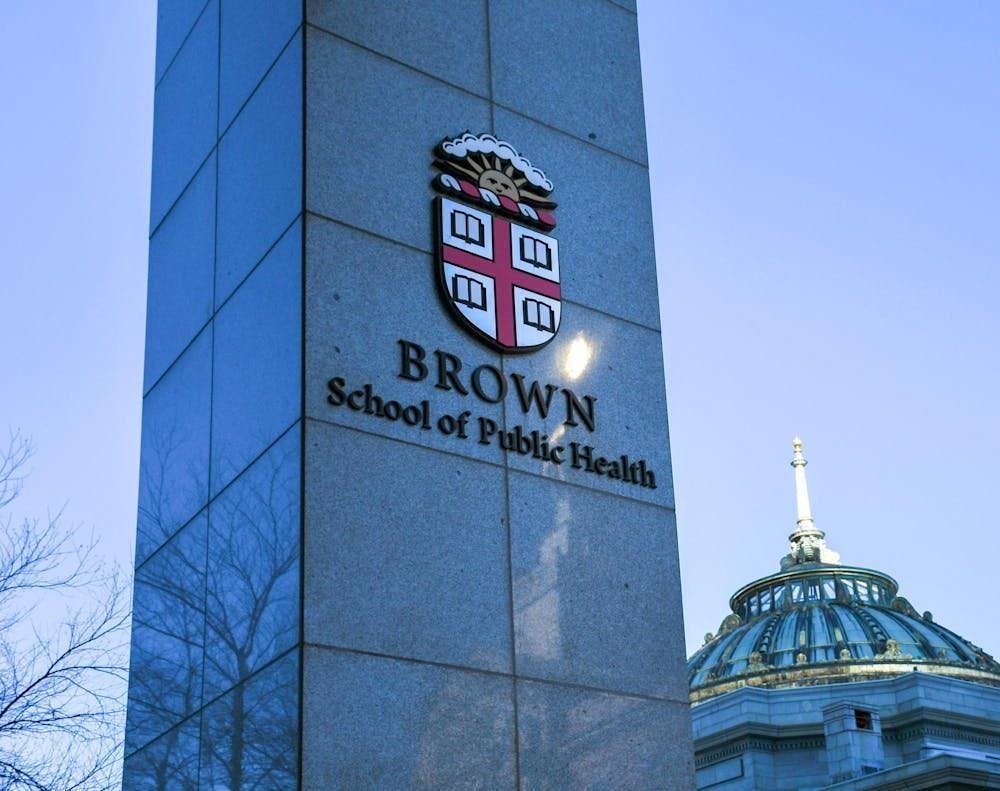A study conducted by Brown’s School of Public Health found that 74% of residents and employees working within a 0.75-mile radius of the first state-authorized overdose prevention center supported the opening of a facility in their neighborhood.
The survey was conducted in fall 2024, before the center’s opening in December 2024. The OPC is run by the nonprofit Project Weber/RENEW and acts as a space where trained staff work to prevent drug overdoses.
The study is part of a broader project through the People, Place and Health Collective within the SPH. The project aims to examine the effects of OPCs on individual, community and organizational levels.
Researchers completed surveys in the neighborhood of the Providence OPC by knocking on doors, talking to people on the streets and speaking with individuals at local businesses. Participants were asked whether they support the opening of an OPC in their neighborhood — the most common answers were “strongly agree,” and “agree,” according to Program Director Jackie Goldman ScM’19.
The team also measured what neighbors think of as “drug-related nuisances,” Goldman said, which includes visibility of “public drug use, syringe litter, visible signs of people who were unhoused, encampment remnants or other public disturbances.”
“In general, people were very supportive of it opening in their neighborhood, and people were even more supportive of opening here than elsewhere,” Goldman said.
Goldman shared that the Providence OPC provides “wraparound services,” like primary health care, referrals, housing aid and HIV and hepatitis C testing.
There are few OPCs in the United States due to “stigma and a lot of false narratives that if you have these kinds of sites, you’re going to encourage use,” Goldman said, adding that this sentiment has “not been true of the other overdose prevention centers that have opened.”
Alexandria Macmadu ’14 ScM’15 PhD’22, an assistant professor of epidemiology and member of Brown’s People, Place and Health Collective, said “policymakers often cite a perceived lack of community support for overdose prevention centers to justify their stance in opposition to OPCs.”
But the results of the study contribute to the “growing body of evidence that OPCs are widely accepted by local communities,” Macmadu added.
The research team has received an award to fund the third year of the larger-scale OPC evaluation project, which will involve a study with 1,000 participants from New York City and Rhode Island that tracks “rates of fatal and non-fatal overdoses, drug-related health problems like skin and soft tissue infections and emergency department use,” Macmadu said.
The team will continue to evaluate the impact of OPCs on communities by examining the change in public health conditions between people in close proximity to OPCs versus those that are not, she added.
Looking to the future, Macmadu hopes that the data from the larger research project will “provide evidence to support activists and policymakers in other jurisdictions to potentially replicate these programs nationwide.”





